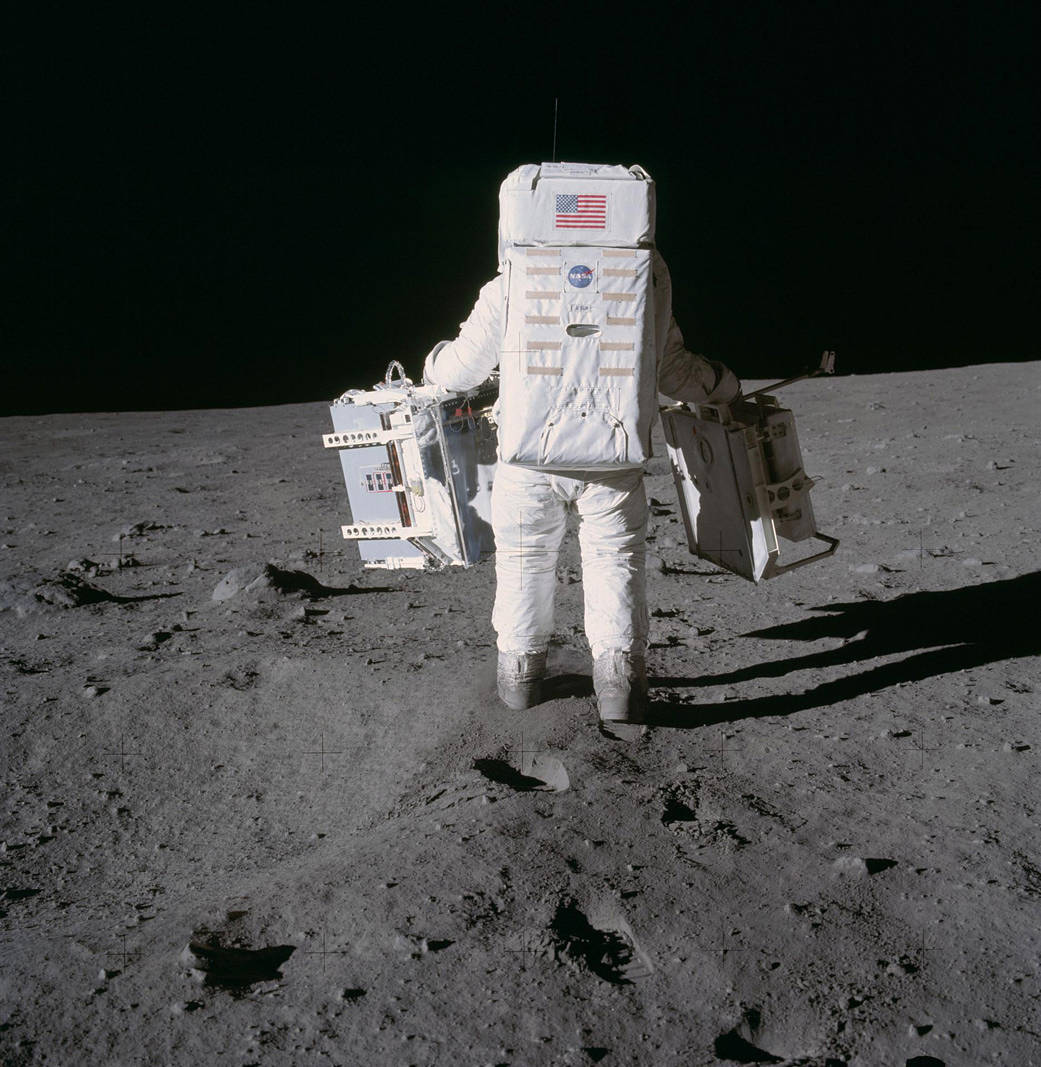When Apollo 11 landed on the Moon, the crew brought devices with them called retroreflectors, which are essentially small arrays of mirrors. The plan was for scientists on Earth to aim lasers at them and calculate the time it took for the beams to return. This provided exceptionally precise measurements of the Moon’s orbit and shape, including how it changed slightly based on Earth’s gravitational pull.
Research with these Apollo-era lunar retroreflectors continues to this day.
Scientists want to perform similar experiments on the Red Planet and NASA’s Perseverance rover – scheduled to land on Mars on Feb. 18, 2021 – carries with it the Laser Retroreflector Array. There’s also small one aboard the agency’s InSight lander, called Laser Retroreflector for InSight.
While there is currently no laser in the works for this sort of Mars research, the devices are geared toward the future: Reflectors like these could one day enable scientists conducting what is called laser-ranging research to measure the position of a rover on the Martian surface, test Einstein’s theory of general relativity, and help make future landings on the Red Planet more precise.
In this image, Apollo 11 astronaut Buzz Aldrin carries two components of the Early Apollo Scientific Experiments Package (EASEP) on the surface of the Moon. The Passive Seismic Experiments Package (PSEP) is in his left hand; and in his right hand is the Laser Ranging Retro-Reflector (LR3).
Image Credit: NASA



























